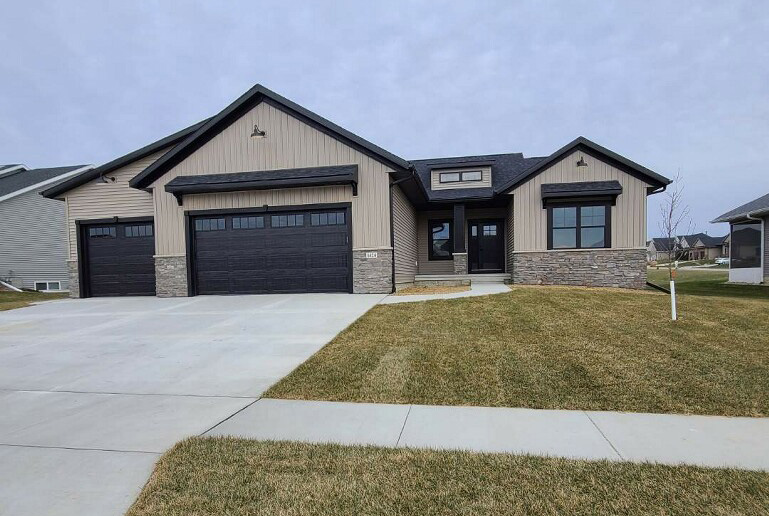
15 Apr Building a Greener Future: 20 Sustainable Construction Materials
Today we want to shed light on the importance of sustainable construction and how it can shape a greener future for generations to come. As a custom home builder committed to environmentally friendly practices, we believe that transitioning to sustainable building materials is essential for reducing our carbon footprint and preserving our planet’s natural resources.
What Is Sustainable Construction?
Sustainable construction is more than just a buzzword; it’s a commitment to creating healthy environments based on ecological principles. At its core, sustainable construction aims to conserve, reuse, recycle, and protect nature while promoting high-quality, non-toxic materials. By employing energy-efficient practices and leveraging green technology, we can minimize our industry’s impact on the environment.
The Role of Sustainable Building Materials
Choosing the right materials is crucial for sustainable construction. Fortunately, there’s a new generation of innovative building materials that are stronger, lighter, and more eco-friendly than ever before. These materials not only reduce our carbon footprint but also enhance the efficiency and longevity of our buildings.
Here are 20 sustainable building materials that are paving the way for a greener future:
1. Bamboo: A renewable and versatile material with strength similar to wood.
2. Recycled Plastic: Repurposed single-use plastic that reduces waste and environmental impact.
3. Laminated Timber: Prefabricated timber with higher strength and water resistance than traditional timber.
4. Stone: Durable and low-maintenance, with little to no waste during construction.
5. Cob: A natural mud mixture that serves as an economical alternative to concrete.
6. Cork: Renewable insulation material harvested without harming trees.
7. Adobe Brick: A mixture of clay and straw for sustainable home construction.
8. Reclaimed Wood: Salvaged wood from older structures, reducing the need for deforestation.
9. Precast Concrete: Factory-made concrete with precise measurements to minimize waste.
10. Mycelium: Durable, compostable material derived from fungi for eco-friendly construction.
11. Sheep’s Wool: Natural insulation material that is renewable and non-toxic.
12. Pollution-Absorbing Brick: Bricks that filter out pollutant particles, improving air quality.
13. 3D-Printed Concrete: Sustainable concrete production with minimal waste.
14. Cordwood: Stacked logs with cob or mortar for natural insulation.
15. Recycled Tires: Repurposed rubber for durable and flexible building materials.
16. Newspaper Wood: Recycled paper turned into wood-like material for construction.
17. Plant-Based Polyurethane Rigid Foam: Eco-friendly insulation made from renewable sources.
18. Straw Bales: Renewable insulation material with low emissions and waste.
19. Recycled Glass: Waste glass used as aggregates in construction projects.
20. Recycled Steel: Reusable steel with an unlimited life cycle, reducing CO2 emissions.
The Benefits of Sustainable Construction
Embracing sustainable construction offers numerous benefits beyond environmental stewardship:
– Promotes Healthier Living: Green buildings improve indoor air quality and promote overall well-being.
– Reduces Waste: Sustainable practices minimize construction waste and resource consumption.
– Boosts the Economy: Sustainable construction creates jobs and stimulates economic growth.
– Promotes Sustainability: By setting a precedent for eco-friendly practices, sustainable construction inspires others to follow suit.
Challenges and Importance of Sustainable Construction
While there are challenges to adopting sustainable construction practices, such as initial costs and training requirements, the long-term benefits far outweigh the obstacles. Sustainable construction is essential for mitigating climate change, preserving natural resources, and creating healthier communities.
We believe that sustainable construction is the pathway to a greener future. By embracing innovative materials and practices, we can build homes and structures that not only stand the test of time but also protect the planet for future generations. Together, let’s continue to think big and build sustainably.

Sorry, the comment form is closed at this time.